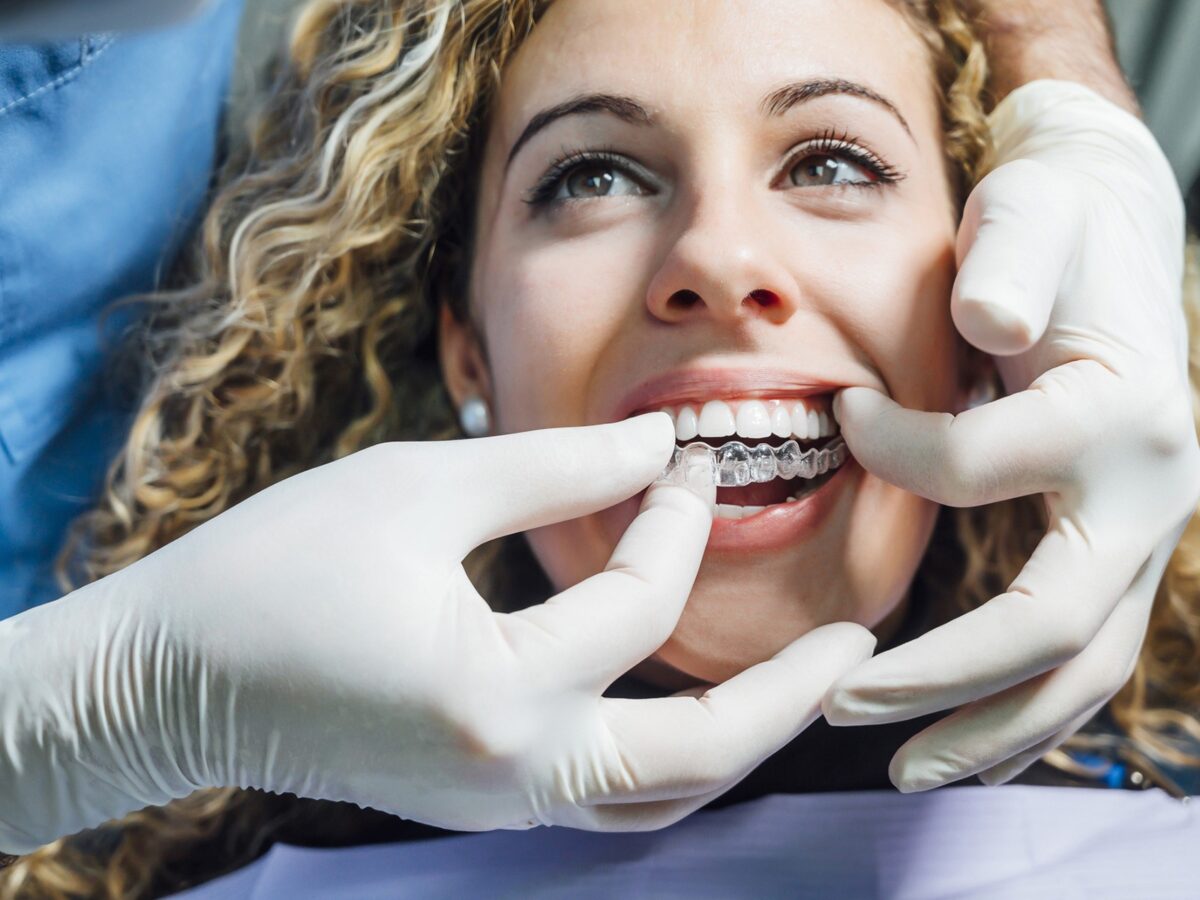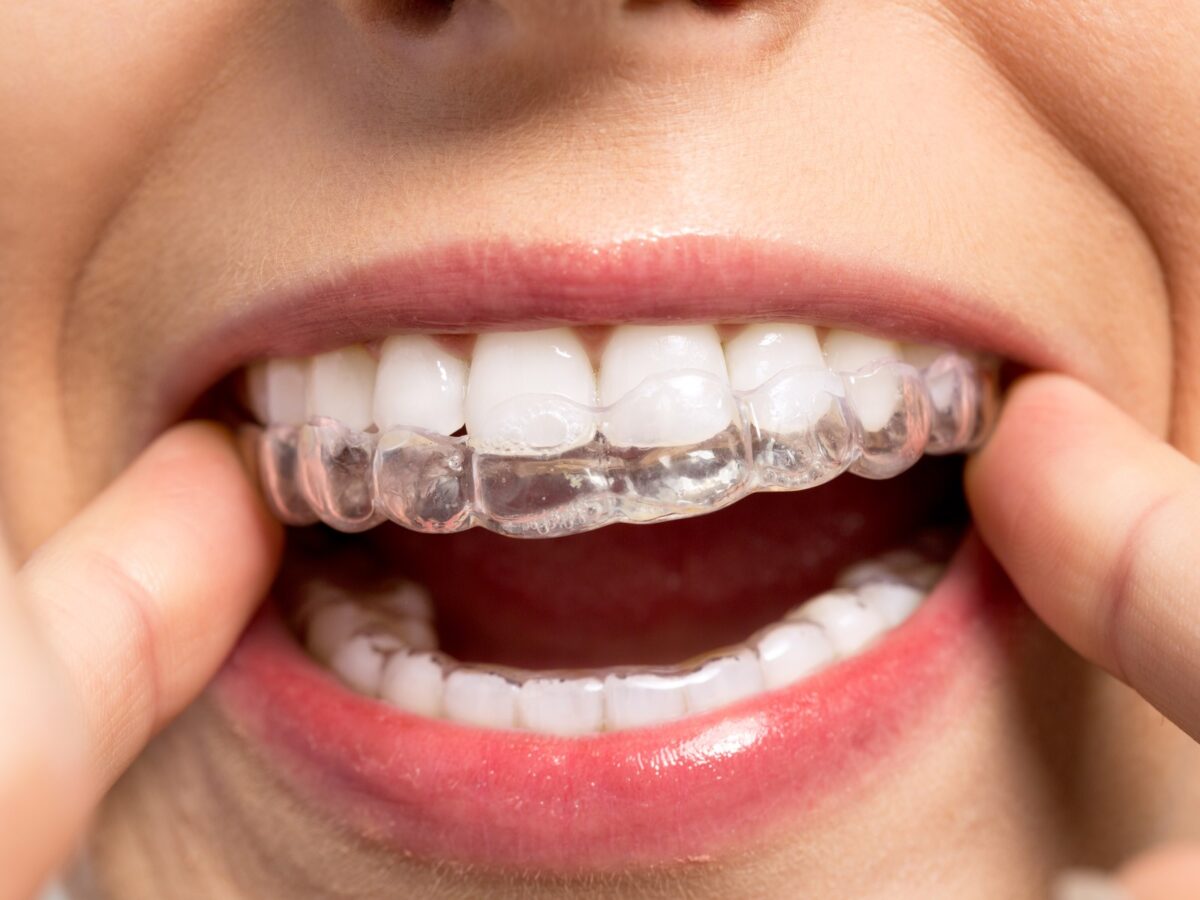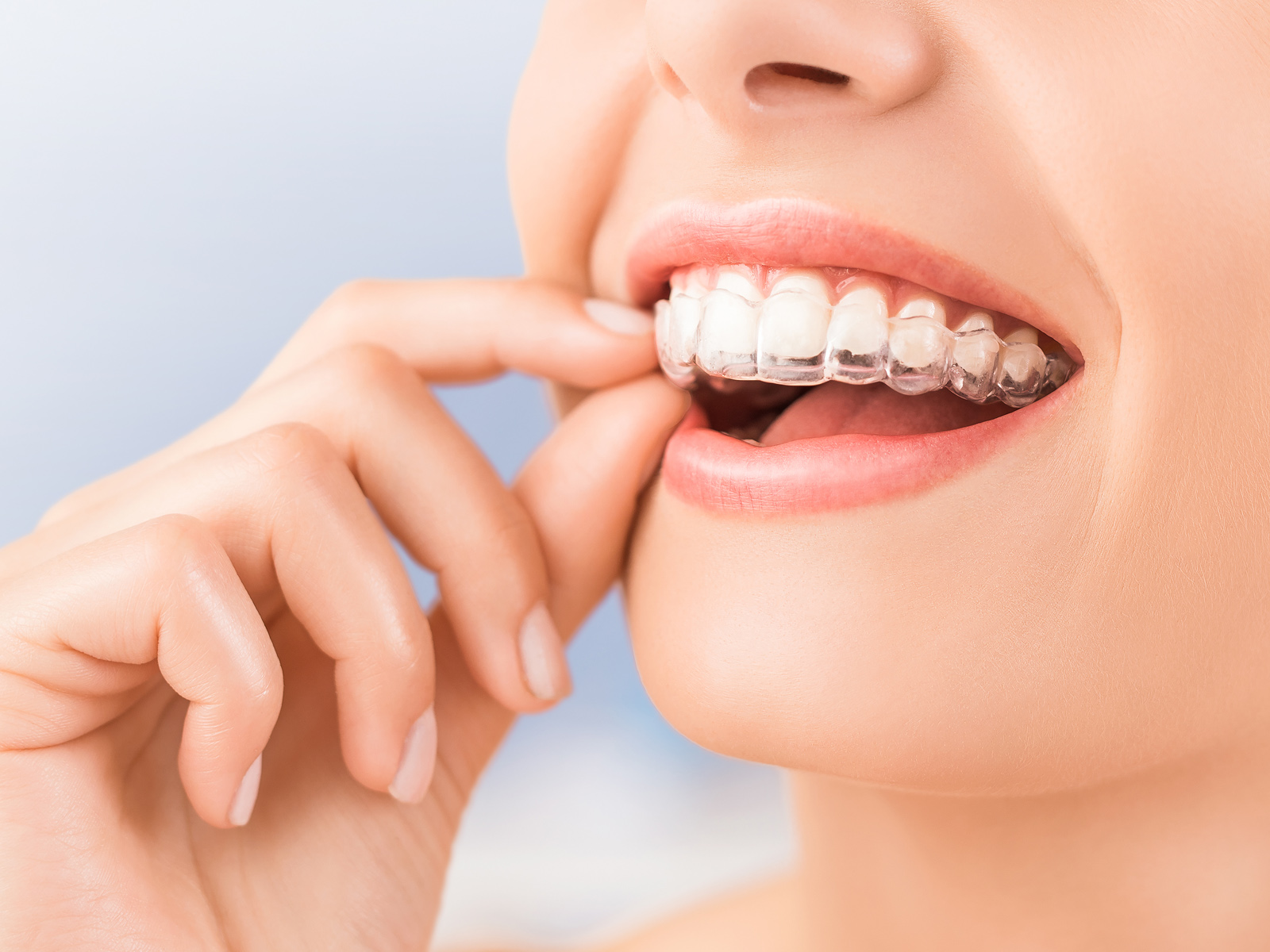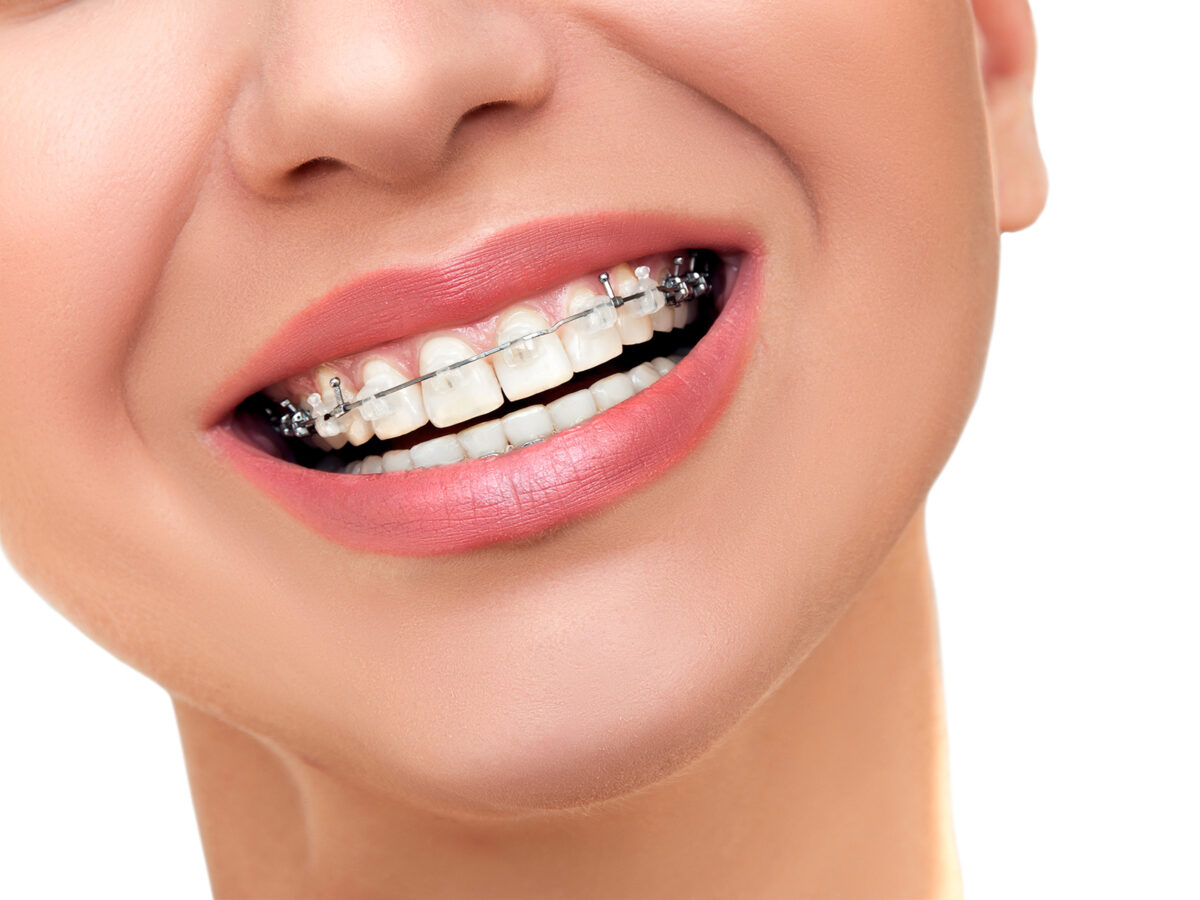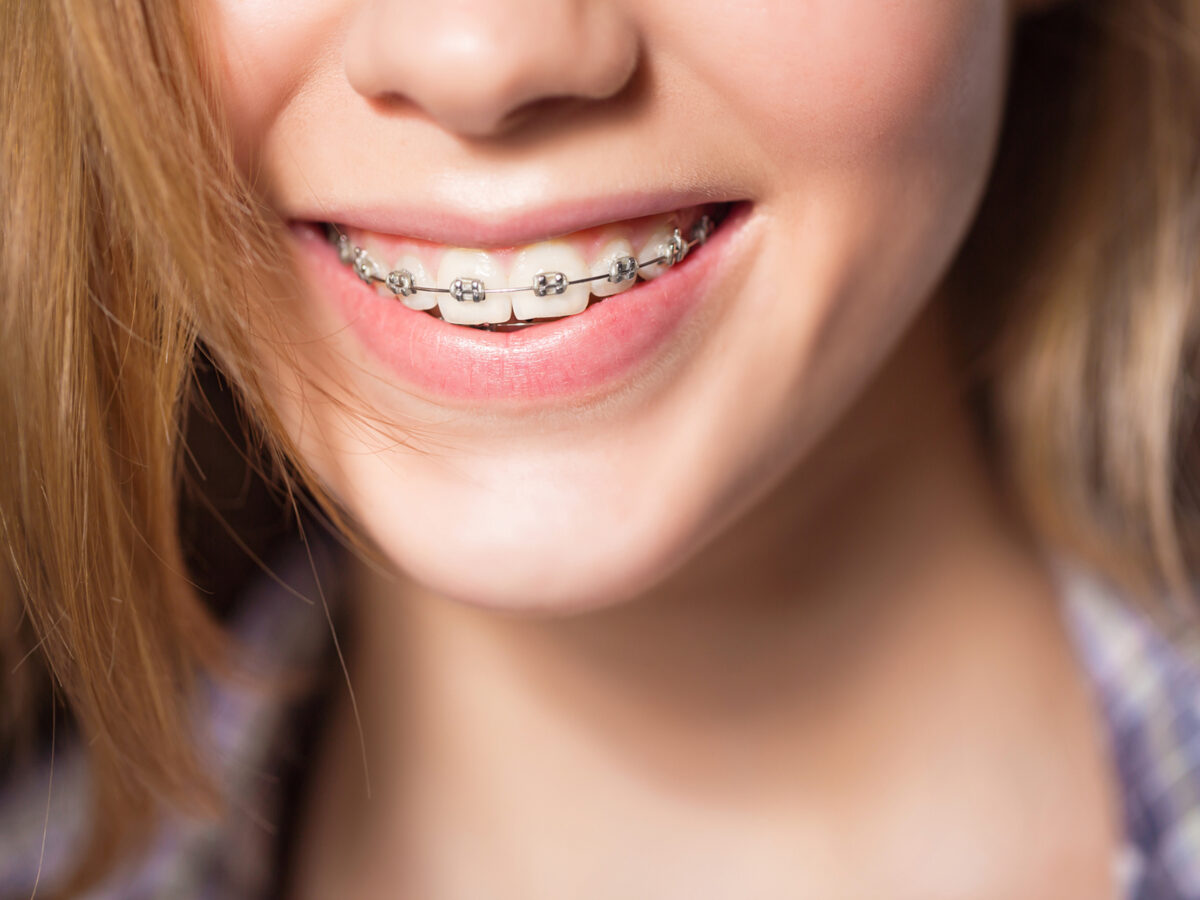Invisalign has redesigned the face of orthodontic treatment due to its discreetness and handiness over traditional braces. One of the most common queries is whether one feels increasing pain as the finish line is approached in their Invisalign course of treatment. We discuss factors that influence pain and discomfort during Invisalign treatment, with special attention to the later phases of treatment in this blog post.
What is Invisalign Treatment?
Invisalign works by using a series of clear, removable aligners that incrementally move teeth into place. The time continuity for every set of aligners is approximately two weeks before progressing to the next in the series. This is done until treatment is complete, which can take several months to a year or more, depending on the case.
The Nature of Invisalign Discomfort
What one has to realize is that some level of discomfort cannot be avoided throughout the process of Invisalign treatment. This discomfort, in most cases, is described as pressure or soreness and not sharp pain. This feeling is a proof that the aligners are working to move your teeth into new positions.
Initial Discomfort
Most of the patients do, in fact, report feeling the worst at the initiation of treatment with Invisalign. This could be due to the fact that the mouth and teeth have yet to get used to the presence of an aligner and pressure applied by them. By the time the treatment progresses to the later stages, most of the patients do get accustomed to wearing aligners and hence experience less discomfort.
Factors Affecting Discomfort Towards the End of Treatment
Although the first few days of adjustment are usually the most painful, some people do have more discomfort during the last stages of their Invisalign treatment. Several factors could be contributing to this experience, including:
Final Adjustments
Your orthodontist may be tightening down the screws a bit while you are at the end of your treatment to make those minute-type adjustments to get you that perfect smile. It’s possible that the type of movements required by these last-minute adjustments might call for more extensive tooth movements, hence more pressure and discomfort.
Cumulative Effect
Your teeth have been moving throughout treatment, so in the end, they could be a bit more sensitive; after all, they had months of movement. Sensitivity can make the pressure from the aligners feel more pronounced than it is.
Psychologic Factors
As patients approach the end of a course of treatment, they may become more aware of and focused on any discomfort that they are experiencing. Expectations of nearing the end of the treatment may heighten sensitivity to sensations that would have been less noticed earlier in the process.
Variability Between People
No two patients are alike in their personal experience with Invisalign. Some may report a steady lessening of discomfort throughout, others may find fluctuations or an increase towards the end. The factors mentioned above will also impact the nature of any discomfort experienced.
Discomfort Management with Your Invisalign Treatment
No matter when pain may arise through the Invisalign treatment process, there are various ways that discomfort and soreness can be minimized and alleviated. These include:
Over-the-Counter Pain Relief
Mild pain relievers like ibuprofen and acetaminophen may be taken to reduce pain and discomfort, especially upon changing to a new set of aligners.
Cold Compress
Applying a cold compress to the outside of the cheek will help reduce swelling and bruise the area a little, which numbs it, relieving the soreness.
Dental Wax
If the edges of the aligners are causing chafing against the soft tissues in your mouth, a little dental wax could be placed to provide a smooth surface and help reduce irritation.
Timing Aligner Changes
For some patients, it is best to switch to new aligners right before bed. You can then sleep through this initial period of heightened pressure and, in most cases, wake up more adjusted to the new aligners.
Maintaining Good Oral Hygiene
Keeping your teeth and aligners clean will prevent unnecessary discomfort due to plaque build-up or irritation.
Staying in Touch with the Orthodontist
If you experience ongoing, or worsening pain/discomfort at any point of the Invisalign treatment, even towards the end, be sure to share the issue with your orthodontist. The orthodontist will be able to assess whether such discomfort is normal or if there might be an issue that may call for some fine-tuning in the treatment plan.
The Bigger Picture
Even though some patients may feel more discomfort at the end of their Invisalign treatment, one must remember the bigger picture. All the temporary discomfort is for your desired smile. Often at the end, the result—beautifully aligned teeth—really justifies occasional discomfort during the process.
Although Invisalign treatment might be a bit uncomfortable throughout the procedure, it doesn’t signify that it hurts more in the end for everyone. This experience differs from one patient to another, where some reported increased sensitivity in the last stages due to factors such as final adjustments and all cumulative tooth movement. Nevertheless, many who undergo this procedure do find that their comfort level improves as they go through treatment.
By knowing what may disturb them a bit and how to control it, patients can easily go through the Invisalign process. Never forget that good communication with your orthodontist can be very instrumental in ensuring that your treatment goes as smoothly and successfully as possible. With a little patience and proper care, you’ll soon be flashing your newly aligned teeth—brightly—and any temporary discomfort will soon be all but forgotten.

